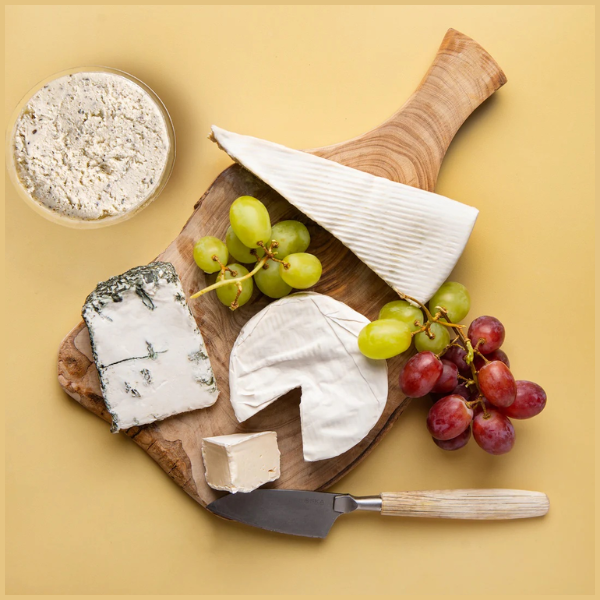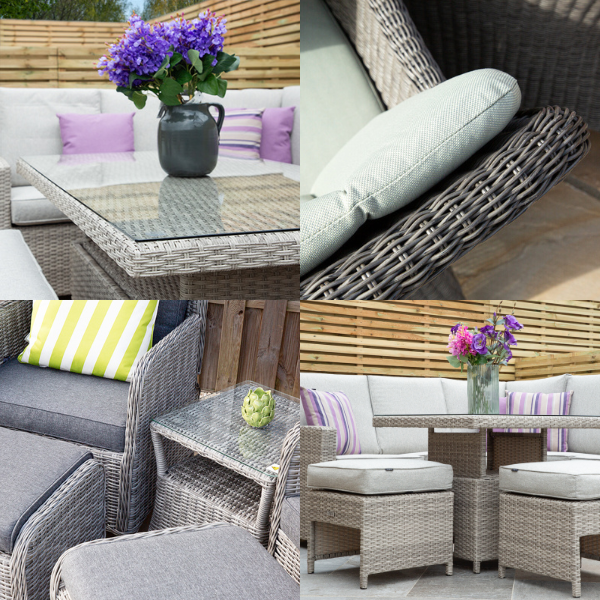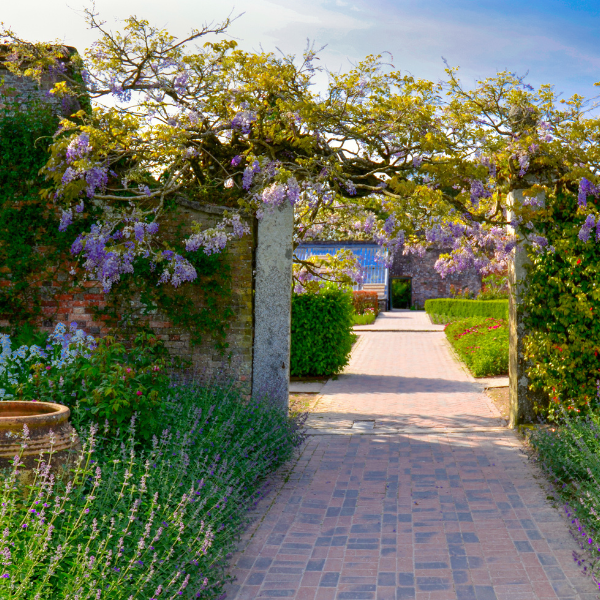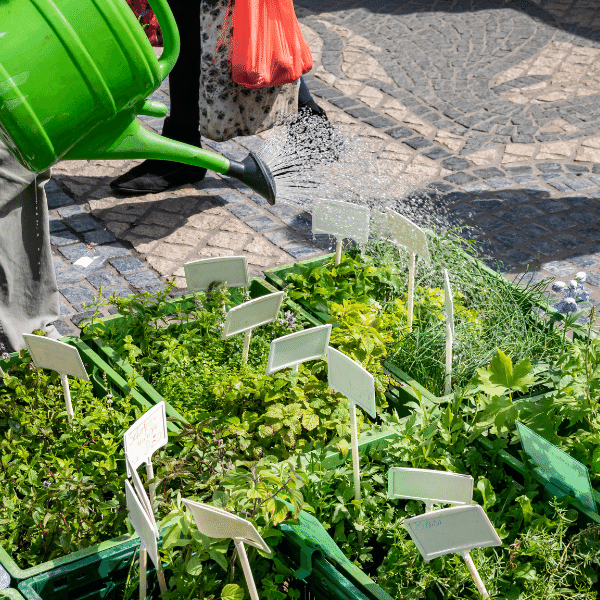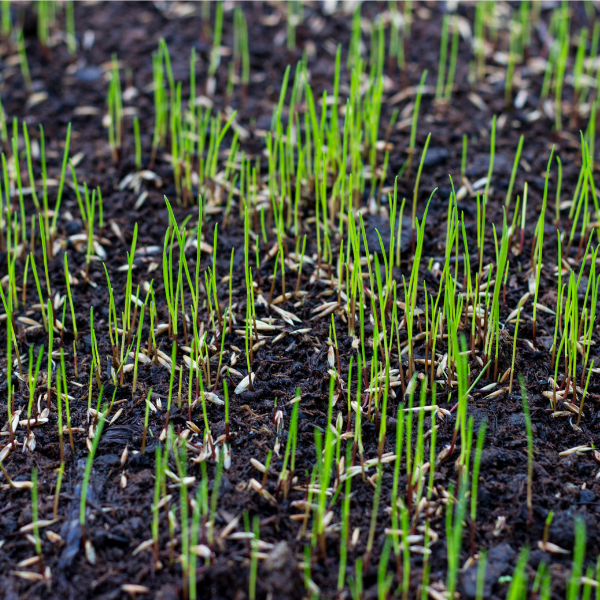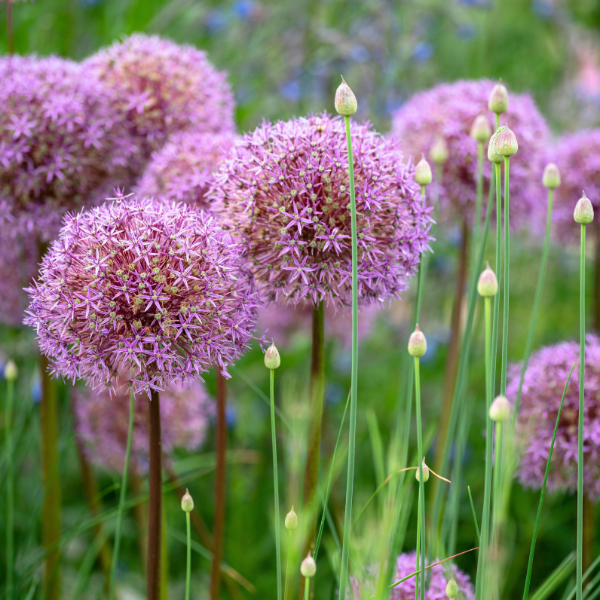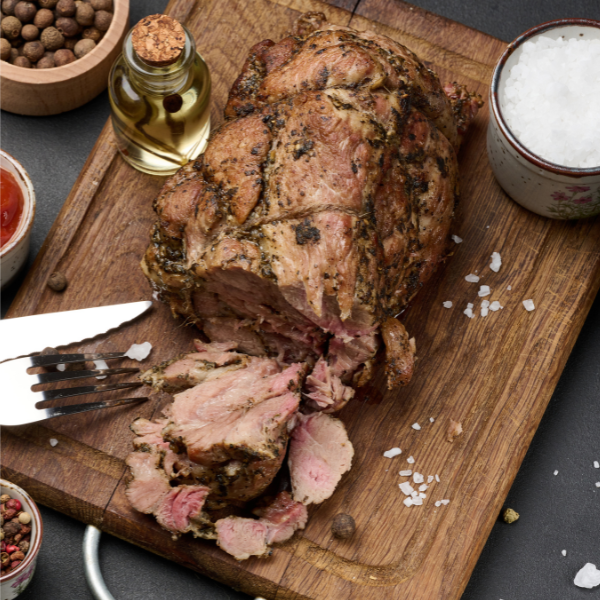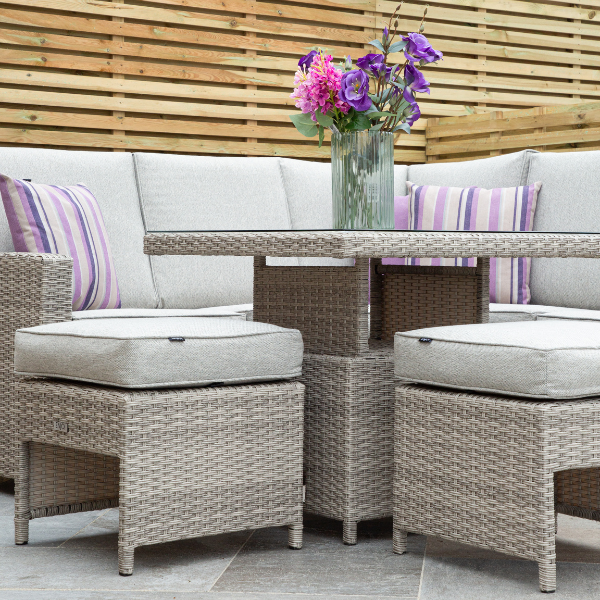Companion Planting
Companion planting is an effective method of maintaining a natural balance in your garden by growing plants together that are mutually beneficial. Planting certain flowers or vegetable plants together brings an enormous number of benefits such as aiding pollination, preventing disease and keeping pest numbers down. Most companion plants are strongly scented and can confuse pests looking for their host plant, some have antibacterial properties, while others attract beneficial insects, such as ladybirds. Ornamental plants, such as roses, are particularly successful being planted with a companion.
Planting tall plants next to shorter ones is definitely one combination to avoid, as the taller plant will ultimately block all the light and prevent the shorter ones from growing well. Growing plants that need a lot of water next to a drought-tolerant plant is also to be avoided, as one plant will be getting too much water and one, too little.
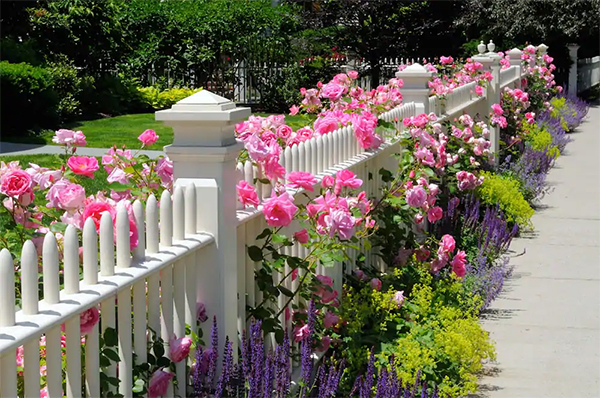
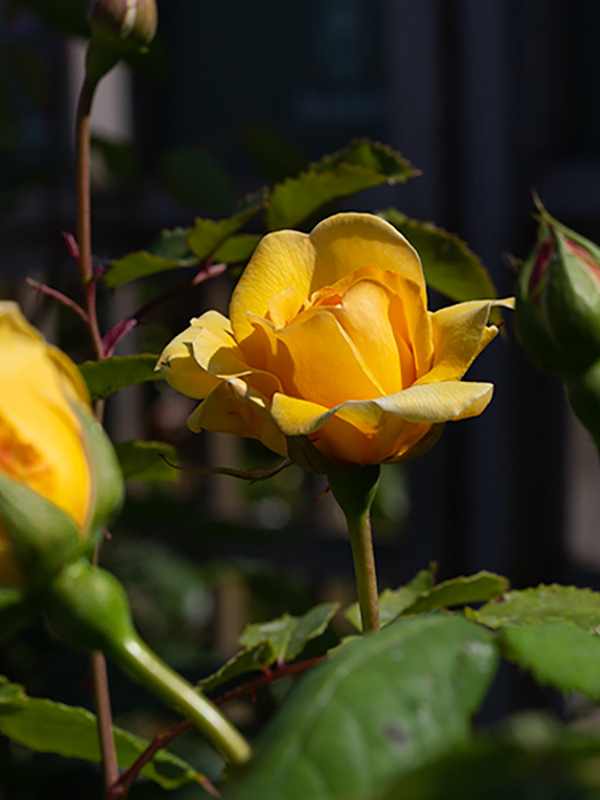
Companion Planting For Your Rose
Companion planting can be used to lengthen rose season so that there is life, texture and colour for months on end. Because English Roses have a repeat-flowering nature, it’s good to use plants that can support Roses on their second wind. However, it is also beneficial to focus on using plants that flower at the same time.
Tips for Roses
The Rose is a greedy feeder and does not like much root competition, particularly when they are young and budding. It’s always a good idea to leave a minimum of 50cm from the base of your Rose to the companion plant, as this means the companion plant won’t have all of the goodness stolen from it,
Some of the plants that work well alongside the Rose:
- Lavender
- Catmint
- Geranium
- Bellflowers
- Lilies
- Thyme
- Marigolds
- Allium
- Ladys Mantle
Roses also grow well amongst herbs such as garlic, chives and thyme. All of these herbs have a reasonably strong scent and will deter aphids and blackflies.
Hints & Tips
A monoculture is where the same type of plant is grown in mass or in rows. Being surrounded by plants that have the same look, texture and scent, makes favourite plants for pests much easier for pests to find and means that diseases spread much faster.
Planting herbs throughout flower and vegetable plots is extremely beneficial to the plants surrounding it. This is because herbs have strong scented leaves, meaning they help repel insects. One herb that should be avoided is mint. Mint grows extremely fast and will smother your crop. This herb should always be grown in containers.
Insect and bird-friendly plants attract natural predators. Birds are great to bring into the garden because they eat slugs and hoverflies. This in turn also helps pollination because it means that bees are safer in this environment.
Herb and Vegetable combinations:
Tomato and Basil: Not just a perfect partnership in the kitchen... Basil helps improve the flavour of tomatoes and the strong scent of their leaves deters aphids.
Runner Beans and Sweet Peas: Bean flowers need pollination. Sweet peas attract pollinating insects because of their scent, this will in turn help pollinate your bean flowers.
Onion/Radish and Mint: The aromatic and strong scent of a mint leaf will help confuse and deter an onion fly. They also deter flea beetles, which will chew irregular holes in the leaves of the radish!
Carrots and Spring Onions/Leeks: The smell of both onion and leeks deters carrot root fly, meaning carrots can grow healthily and free from disease. In this situation the carrot repays the favour; it's smell deters both onion flies and moths, meaning both the spring onion and leek can grow without danger.
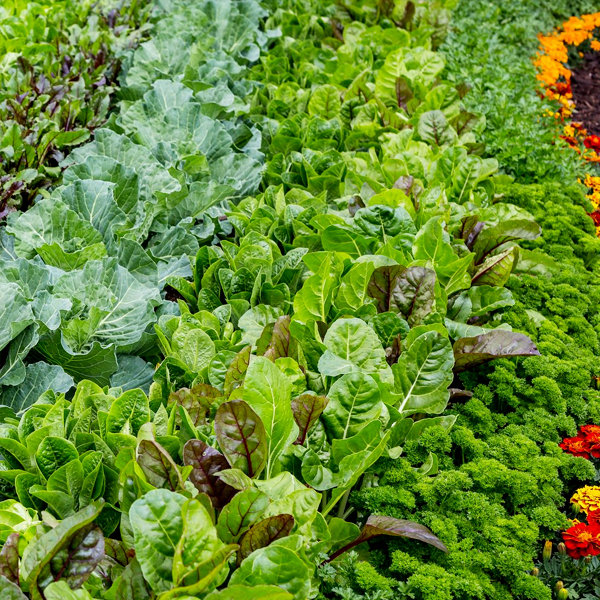
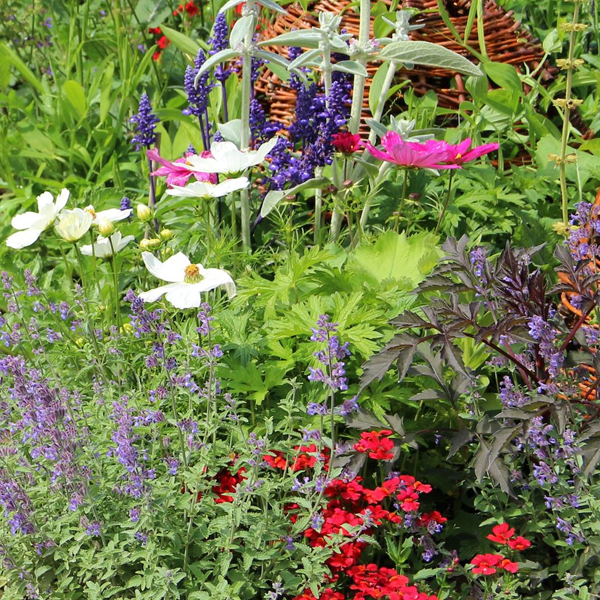

 2,768 REVIEWS
2,768 REVIEWS